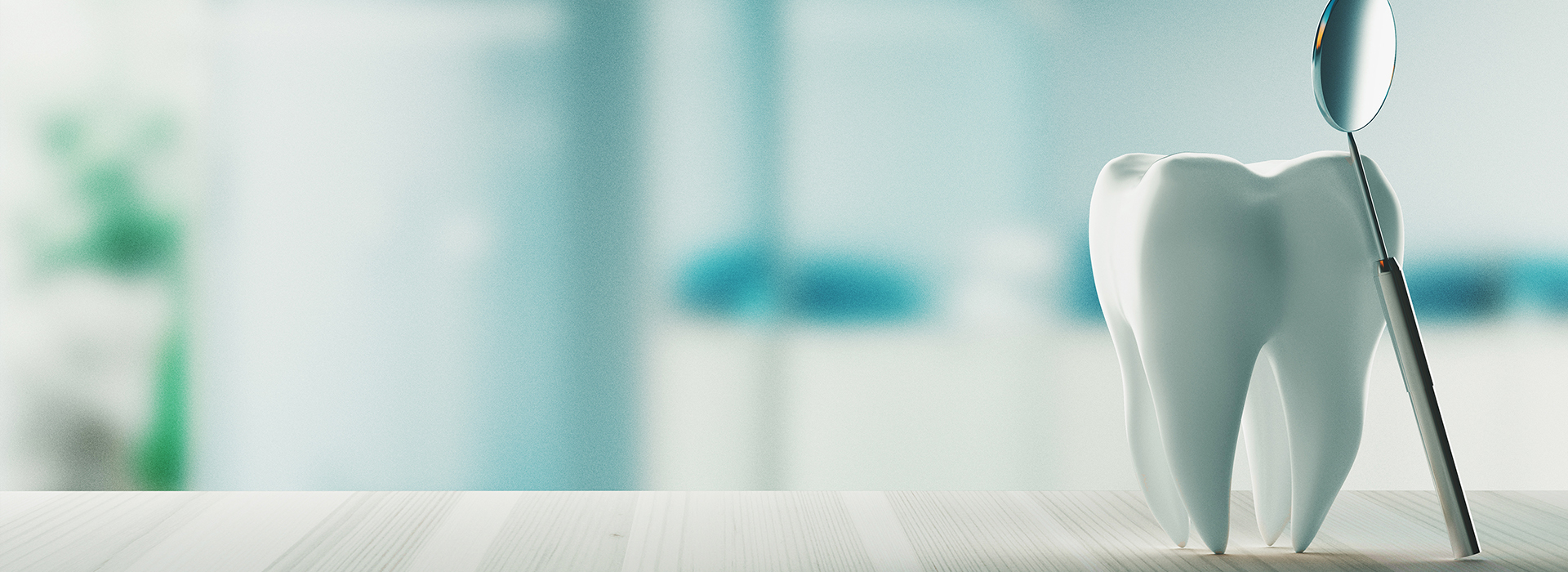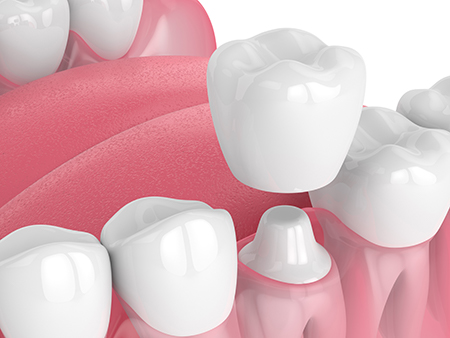At Cruzin' Dental, we combine modern materials and practical experience to restore teeth that have been weakened by decay, injury, or wear. Ceramic crowns let us rebuild a tooth’s shape and strength while delivering a natural-looking finish—an option that preserves both function and appearance without relying on metal.
Tooth enamel is extremely hard, but it isn’t invincible. Large cavities, cracks, or damage from grinding can leave too little tooth structure for a simple filling to hold. In those cases a crown acts like a protective cap, surrounding the remaining tooth and redistributing chewing forces to reduce the risk of further fracture.
Recent generations of dental ceramics blend strength and lifelike esthetics. Manufacturers now offer materials that closely mimic the light-reflecting properties of natural teeth while standing up to everyday wear. That combination makes ceramic crowns an excellent choice for visible front teeth and, with the right ceramic, for back teeth as well.
Our approach is to match the material and design of the crown to each patient’s functional needs and cosmetic goals. We take the time to explain options, walk through the treatment steps, and tailor the final restoration so it blends seamlessly with your smile.
When a crown is the most appropriate solution
A crown becomes the recommended choice when a tooth is too compromised for a filling to provide a reliable long-term repair. This can happen after extensive decay, significant fracture, or when a previous restoration has failed and little healthy tooth remains to support another filling.
Teeth that have received root canal therapy often benefit from crowns, too. The internal treatment can leave the tooth more brittle and susceptible to breaking under normal chewing forces. A crown restores structural integrity and helps prevent future cracks or loss of the tooth.
Crowns are also commonly used to complete implant restorations, to anchor fixed dental bridges, or to improve the size, shape, or alignment of a single tooth when conservative cosmetic changes won't achieve the desired result. The goal in every case is to restore reliable function while maintaining a natural appearance.
Practical advantages of choosing an all-ceramic crown
All-ceramic crowns deliver several benefits that make them a preferred option for many patients. Their optical properties—how they reflect and transmit light—allow technicians to match enamel translucency and surface texture, creating restorations that look very much like natural teeth.
Because modern ceramics can be made thinner while retaining strength, less of the natural tooth needs to be removed during preparation. Conserving tooth structure supports long-term oral health and often improves the final fit and appearance of the restoration.
Ceramic crowns are metal-free, which reduces the risk of allergic reactions or dark lines at the gumline that can occur with metal-based restorations. They are also highly resistant to staining and are gentle on surrounding soft tissues, supporting healthier-looking gums around the restored tooth.
How different ceramic materials meet various needs
Not all ceramic crowns are the same. The choice of material depends on where the tooth sits in the mouth, the forces it must withstand, and how closely the restoration must match neighboring teeth. Your dentist will recommend a material that balances strength and esthetics for your particular situation.
Lithium disilicate ceramics are prized for their translucency and are often used where appearance is a top priority. They provide a strong, lifelike option for front and some back teeth. Monolithic zirconia, by contrast, offers exceptional strength and is well-suited for molars or situations with heavy biting forces.
Other laboratory-processed porcelains—such as leucite-reinforced and high-translucent zirconia—give technicians additional ways to fine-tune color, surface characteristics, and marginal fit. The right choice comes down to matching the material’s properties to the demands of the case.
What to expect during the crown process
The process begins with a clinical evaluation and discussion of goals. We examine the tooth, take radiographs or 3D scans when needed, and determine whether a crown is the most predictable solution. Planning also includes selecting the appropriate ceramic and shade to match your smile.
To prepare the tooth, a small amount of enamel and dentin is removed to create room for the crown. We aim to preserve as much healthy structure as possible. Digital impressions or traditional molds are then taken to capture precise details that the dental laboratory will use to fabricate the restoration.
A temporary crown is often placed while the final crown is being made. When the permanent crown arrives, we check fit, color, and bite, making any necessary adjustments before permanently cementing or bonding it in place. Aftercare instructions focus on gentle cleaning and avoiding habits that place excessive force on the restoration.
With sensible home care and regular dental checkups, ceramic crowns can provide years of dependable service. If questions arise after placement, follow-up appointments allow us to make small refinements to ensure comfort and function.
Why choose our practice for ceramic crown care
We take a measured, patient-centered approach to restorative dentistry. That means recommending the treatment that best preserves oral health and long-term function, then using ceramics and techniques that produce natural, durable results. Our team prioritizes clear communication so you understand the reasons behind each recommendation.
Advanced tools—digital scanning, contemporary milling and lab protocols, and modern adhesive techniques—help us control fit and esthetics. These technologies, paired with skilled laboratory support, allow us to deliver crowns that integrate smoothly with the rest of your smile.
Our office places a strong emphasis on comfort and individualized care. We work with each patient to address sensitivity, bite concerns, and cosmetic goals while coordinating follow-up care to monitor how restorations perform over time. Hablamos español for patients who prefer to communicate in Spanish.
In short, ceramic crowns are a versatile, attractive way to restore a damaged tooth while maintaining a natural appearance and strong function. If you’d like to learn more about whether a ceramic crown is the right solution for you, please contact us for more information.







